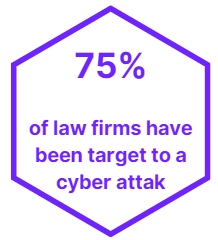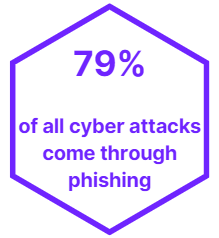
In recent years, Law firms around the world have been a continual target of cyber-attacks, and the numbers are only increasing. Cyber-attacks can cause serious consequences, including financial loss and reputational damage. This issue was highlighted once again when the Magic Circle Law firm, Allen and Overy, based in London, suffered a ransomware attack that coincided with a significant financial event of their merger with Shearman & Sterling.
The cyber-attack on Allen and Overy was reported on 8th November, resulting in a data incident that disrupted a limited number of storage servers. Although the law firm’s core systems, such as document management and email, remained unaffected, as the law firm is continuing to assess the impact and notify affected clients of the breach. The hackers’ group responsible for the attack was identified as LockBit ransomware, which has claimed responsibility and threatened to leak stolen data if the company fails to pay the demanded ransom by 28th November 2023

The cyber-attack on Allen and Overy is quite a reasonable cause for concern and highlights a growing threat for law firms in this digital age. The collapse of another law firm, The Ince Group last year, after a serious ransomware breach, gave us a further reminder of the increasing dangers faced by legal institutions. Cybersecurity measures are primarily focused on
preventing attacks and securing IT infrastructures against hackers.
However, despite having strict cybersecurity measures in place, the LockBit ransomware group could initiate the attack by exploiting vulnerabilities in the law firms’ financial systems. Cybersecurity specialists suggest that focus should be on a multi-layered defence strategy that involves technology, employee training, and awareness to bolster the cyber defence posture.
According to the National Cyber Security Centre, law firms are a prime target of cybercriminals since they have hordes of confidential information, thereby making it easy for cybercriminals to pursue their financial motives following data piracy. As per a recent study, 79% of all cyber attacks were conducted through phishing emails which is a cause of concern for law firms. These phishing emails are often disguised in messages asking law firms to confirm details or asking for data access.

Many employees of the law firm play a crucial role in recognising, reporting, and reacting to threats. Training and awareness programs to promote cybersecurity hygiene should be prioritised to ensure proper protection against cyber threats. These programs can be designed in accordance with emotional, behavioural, and cognitive characteristics to drive education and inspire behavioural change among employees.
When significant financial events, such as mergers and acquisitions, occur, the risk of a cyber attack can increase because cyber-attackers may take advantage of the chaos surrounding transitions and use the opportunity to blackmail the firms into paying the requested ransom. In such events, law firms should be vigilant and adopt proactive measures to protect their financial information. Effective cloud data backup and recovery mechanisms can also help in mitigating and decreasing the probabilities of ransomware attacks.
In conclusion the cyber security threat to law firms is becoming increasingly complex with advancements in technology and the rise of specific groups dedicated to targeting these institutions. Allen and Overy’s data incident and the collapse of the Ince Group serve as reminders for law firms that there is no room for complacency in cyber defence. Organisations must adopt a multi-layered defence strategy focused on improving system infrastructure and supply chain resilience, training and awareness programs, and cloud data backup & recovery mechanisms, and be vigilant in times of significant financial events. Law firms operating in the digital age must prioritise cybersecurity measures to protect their sensitive information.

